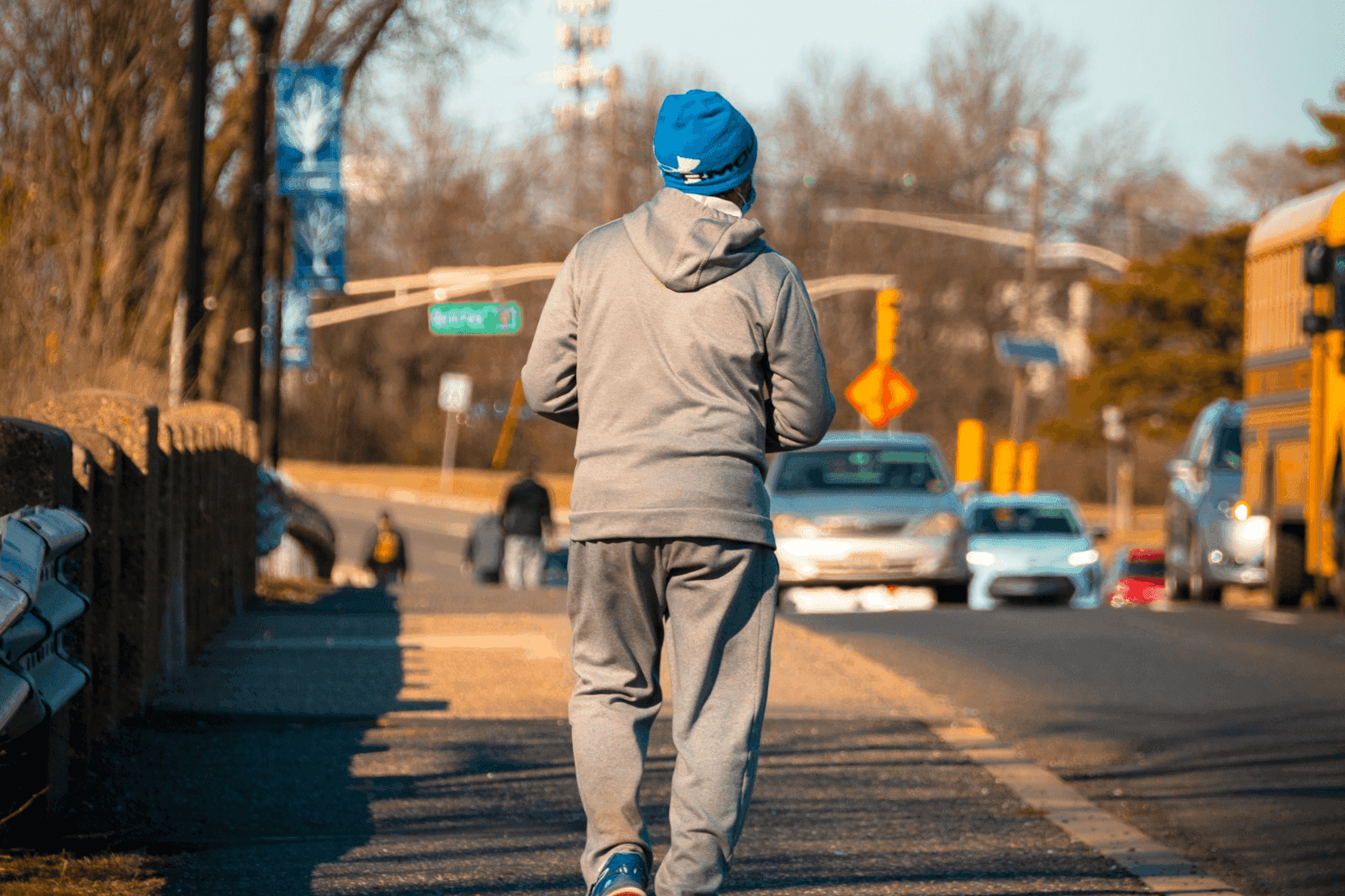
News
By Guest Contributor, May 30, 2024
Speed plays a drastically different role in pedestrian deaths than it does for drivers and their passengers. The most dangerous crashes for vehicle occupants are typically at much higher speeds and often involve speed limit violations. Pedestrians, however, face constant threats even on roads that are designed and posted at lower speeds, and when drivers stay mostly within those limits.

People in vehicles often die in high-speed crashes when speed limits are being ignored. Pedestrian deaths tend to occur on roads designed for moderate speeds, which typically keep drivers safe but do nothing for people on foot.
Among vehicle occupants, only 18% of deaths occur on roads with speed limits under 40 mph, and 40% occur under 50 mph. Traffic deaths spike at 55 mph. Among those killed while walking, however, 33% are on roads under 40 mph, and 63%—nearly two-thirds—are on roads under 50 mph. These lower-speed roads are often in busy activity centers that lack sufficient protection for people on foot.
Information about vehicle speeds is much less common in national data sets, meaning it can be difficult to determine the exact number of fatal crashes that involved speeding. However, from what we know, speeding is more likely at play when people die inside of a car than when people are hit and killed while walking. Among deaths of vehicle occupants, speeding is reported in one-third of cases, and speeds exceeded the limit in another 8%. Among pedestrian deaths, however, speeding is reported in only 7% of cases and speeds exceeded the limit in another 8%.
The graph above shows that at least 29% of pedestrian deaths occurred when drivers were traveling at “safe speeds,” legally speaking. The remaining percentage, in gray, shows the crashes with unknown details due to a lack of reporting.
Preventing pedestrian deaths requires a paradigm shift in thinking about traffic speeds and road design. In major activity centers and anywhere people might be walking, speeds above 30 mph pose an exponentially greater risk. That means it is not just the responsibility of drivers to obey speed limits, but it is also up to road designers to set appropriate target speeds that both support lower limits and encourage slower driving.

Chris McCahill is the Deputy Director of the State Smart Transportation Initiative. He joined SSTI in 2013 to update its Innovative DOT handbook and has since led many of its technical assistance and research projects. He has written numerous peer-reviewed studies and book chapters and remains an active researcher in the transportation field. SSTI is a project of Smart Growth America and the High Road Strategy Center, based at the University of Wisconsin-Madison. Read his full bio here.
Related News

© 2025 Smart Growth America. All rights reserved
Site By3Lane Marketing














